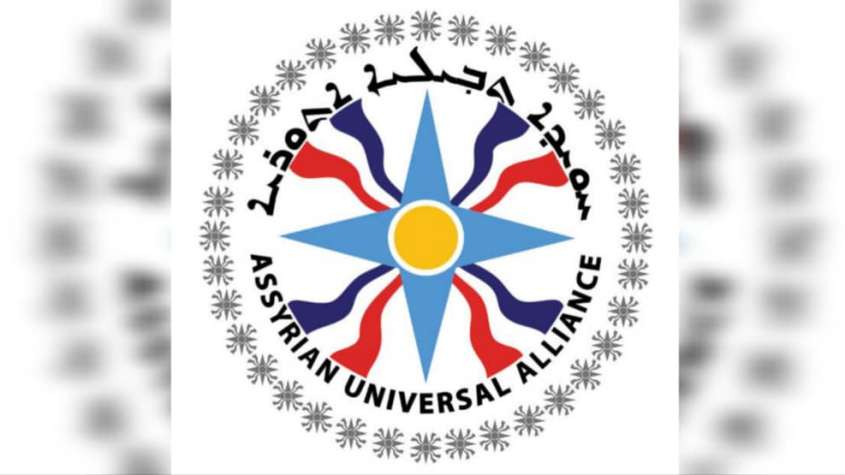Assyrian Universal Alliance praises efforts to build permanent Chaldean-Syriac-Assyrian Martyrs’ Monument in Simele
WASHINGTON / NOHADRA, IRAQ — Nine Chaldean-Syriac-Assyrian parties and organizations in Iraq, including the Beth Nahrain Patriotic Union (HBA), announced an agreement to establish a monument in the city of Simele dedicated to the Chaldean-Syriac-Assyrian Martyr. The monument will feature a memorial honoring the Chaldean-Syriac-Assyrian martyr and will serve as a site for the annual commemoration of the martyrs of the Chaldean-Syriac-Assyrian people. The initiative has now been endorsed by the Assyrian Universal Alliance (AUA).
In a letter to Chaldean-Syriac-Assyrian organizations in Iraq, Carlo Ganjeh, the Secretary-General of the AUA, voiced his “great encouragement” at news of the recent meeting in Nohadra (Duhok) and the collective decision to establish a memorial honoring the martyrs of the Chaldean-Syriac-Assyrian nation. He hailed the initiative as “a positive and profoundly meaningful step forward.”
Ganjeh noted that earlier in 2025, several Chaldeans-Syriacs-Assyrians in Iraq had contacted the AUA regarding the initiative—why the AUA did not co-sign the initiative by the nine Chaldean-Syriac-Assyrian parties and organizations is not known. After extensive consultations with religious leaders and activists, the AUA formally tasked its project development team with preparing a proposal to establish a memorial garden honoring the martyrs of the Simele massacre in Iraq.
Ganjeh underscored the importance of the memorial and garden, stating, “Given the sanctity of this site, where our people’s blood was shed, we believe this project should extend beyond a single monument. It should become a comprehensive memorial complex that preserves the legacy of our martyrs and educates future generations about their sacrifices.”
He further affirmed that the AUA “firmly believes that a national project of this magnitude can only be achieved through the united efforts of Assyrians both in our homeland and across the diaspora.” Perhaps a repetition, but it is not known why the AUA did not sign the initiative of the nine Chaldean-Syriac-Assyrian parties and organizations.
Ganjeh attached to his letter a document prepared in early 2025 that outlined the concept for the memorial garden project, including its implementation steps, objectives, and the team responsible for its execution. The document also featured a conceptual design of the garden, detailing its entrances and key elements.
The proposed design includes a spiritual sanctuary for reflection and remembrance, a hall for community gatherings and cultural events, a dedicated library to preserve Chaldean-Syriac-Assyrian history and heritage, a memorial monument as a lasting symbol of resilience, and a research center focused on studying and sharing the history and contributions of the Chaldean-Syriac-Assyrian people.



















